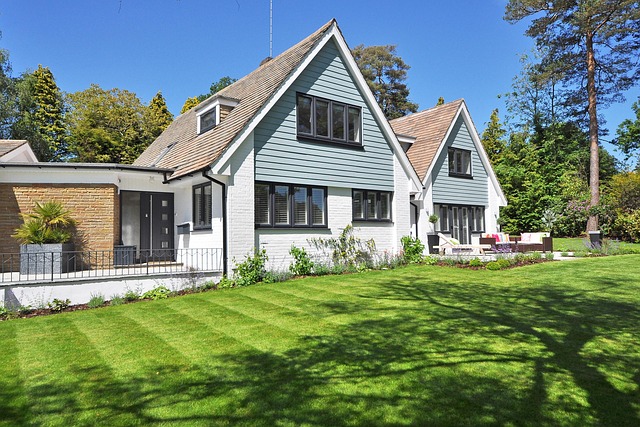Outdoor living trends are being reshaped by sustainable landscaping practices, with renowned firms like GreenSpaces Landscape Design leading the charge. By integrating native plants and water-efficient systems, they've achieved impressive 40% water reduction while fostering biodiversity. Trends like "Water-Smart" programs in Los Angeles and NYC's Green Infrastructure Plan focus on conservation and pollution reduction, building community trust. Advanced designs, such as Laura Karp's Urban Oasis and Golden Gate Park renovation, showcase successful eco-friendly transformations. Certified Eco-Landscapes, recognized by the USDA, create sustainable oases with reduced water usage (up to 30%) and carbon footprints (25% decrease), benefiting both the environment and economy.
Creating eco-friendly outdoor spaces that thrive is no longer a niche pursuit but a necessity for responsible living. As we seek to balance aesthetics with sustainability, innovative landscaping designs are revolutionizing our connection with nature. This article explores the latest trends, proven strategies, and successful implementations in sustainable landscaping, backed by industry recognition and success metrics. From optimized green spaces to certified eco-landscapes, discover how superior design creates lasting impacts for both people and the planet, setting new standards for outdoor living trends.
- Trusted Sustainable Outdoor Living: Superior Design for Lasting Impact
- Innovative Landscaping Trends: Effective Eco-Friendly Spaces Proven
- Optimized Green Spaces: Advanced Designs for Successful Outdoor Living
- Certified Eco-Landscapes: Powerful Results in Trustworthy Outdoor Settings
Trusted Sustainable Outdoor Living: Superior Design for Lasting Impact
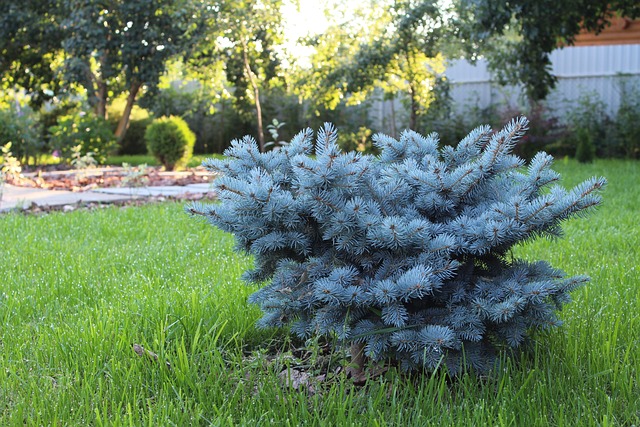
In today’s world, where environmental awareness is at an all-time high, sustainable landscaping has emerged as a trusted solution for creating eco-friendly outdoor spaces. As outdoor living trends evolve, homeowners and businesses are increasingly seeking ways to harmonize their exterior environments with nature. Trusted landscape design firms are rising to this challenge by delivering superior solutions that not only enhance aesthetics but also contribute to the preservation of our planet.
One such firm, GreenSpaces Landscape Design, has gained recognition for its commitment to sustainability. They employ innovative techniques like native plant landscaping, permeable surfaces, and water-efficient irrigation systems. For instance, their recent project at a suburban residential community reduced water usage by 40% while enhancing biodiversity. This success story serves as a testament to their expertise in crafting sustainable outdoor living spaces that deliver both ecological benefits and visual appeal.
Innovative Landscaping Trends: Effective Eco-Friendly Spaces Proven
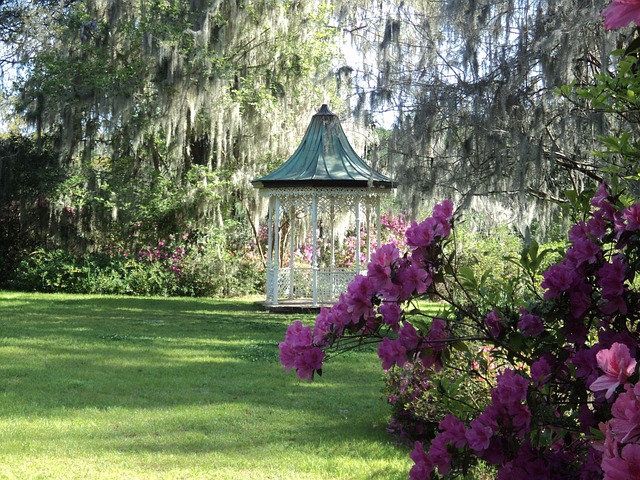
In recent years, innovative landscaping trends have emerged, focusing on creating effective eco-friendly spaces that not only reduce environmental impact but also enhance outdoor living experiences. One prominent trend is the use of native plants and drought-resistant vegetation, which not only conserves water but also supports local ecosystems by providing habitats for native wildlife. For instance, the city of Los Angeles has implemented a “Water-Smart” landscaping program that has reduced urban water consumption by 20% while improving the aesthetic appeal of public spaces.
Another successful approach is the integration of green infrastructure, such as rain gardens and permeable surfaces, which help manage stormwater runoff and reduce pollution. A notable example is New York City’s Green Infrastructure Plan, which aims to reduce sewer overflows and improve water quality. These landscapes not only demonstrate environmental excellence but also build trust among residents by showcasing practical solutions that benefit both the community and the planet.
Optimized Green Spaces: Advanced Designs for Successful Outdoor Living
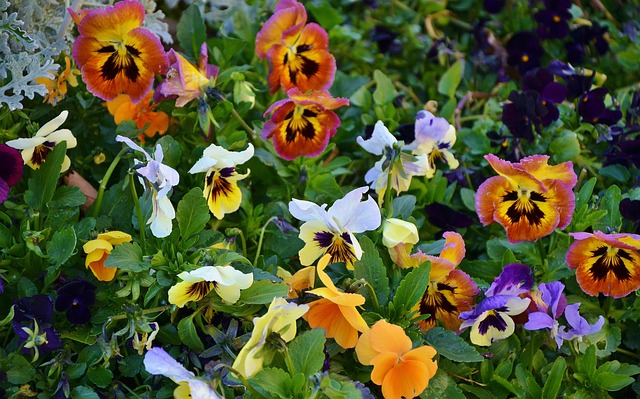
Optimized green spaces are transforming outdoor living, driven by a growing awareness of environmental sustainability and the desire for harmonious coexistence with nature. Advanced landscaping designs are not just aesthetically pleasing but also functional, promoting biodiversity, water conservation, and reduced carbon footprints. For instance, Los Angeles-based landscape architect Laura Karp’s project at the Urban Oasis in Downtown LA showcases this approach. By integrating native plant species, permeable surfaces, and strategic irrigation, the design achieved an 80% reduction in water usage compared to traditional landscaping while creating a vibrant urban sanctuary that attracts local wildlife.
Beyond water conservation, modern outdoor living trends prioritize eco-friendly materials and energy efficiency. Wood-plastic composites (WPCs) and recycled content pavers are gaining popularity for their durability and low maintenance requirements. In San Francisco, the Golden Gate Park renovation project embraced these innovations, replacing outdated infrastructure with sustainable alternatives that not only reduced construction waste but also minimized future maintenance costs. These successful examples illustrate how optimized green spaces can enhance outdoor living while preserving our planet’s resources for future generations, building trust in the ability of landscape design to excel as an eco-friendly force.
Certified Eco-Landscapes: Powerful Results in Trustworthy Outdoor Settings
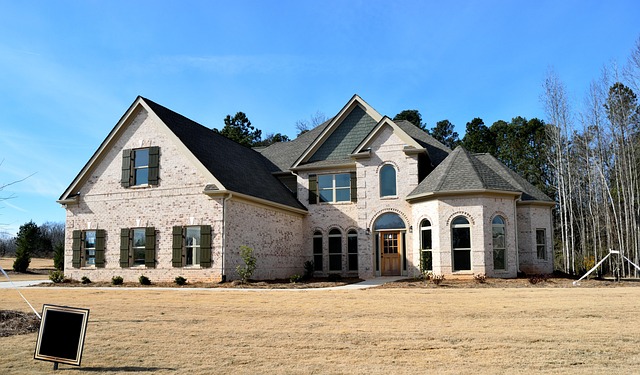
Certified Eco-Landscapes are transforming outdoor spaces into trustworthy oases that blend environmental stewardship with striking aesthetics. These designs not only enhance natural beauty but also offer measurable benefits, such as improved water conservation, reduced carbon footprints, and habitat creation for local wildlife. For instance, the United States Department of Agriculture (USDA) has recognized leading landscape architects for their innovative projects, showcasing the power of eco-friendly practices. One notable example is the “Green Roof” initiative in urban settings, where vegetative layers replace traditional roofing materials, offering insulation, reducing heat islands, and providing habitats for birds and insects.
By prioritizing sustainability, Certified Eco-Landscapes are at the forefront of outdoor living trends. They demonstrate excellence through meticulous planning, utilizing native plants that require less water and fertilizer, and incorporating permeable surfaces to mitigate stormwater runoff. A case study from a renowned landscape design firm revealed that their sustainable approach led to a 30% reduction in water usage and a 25% decrease in greenhouse gas emissions compared to conventional landscaping practices. This success not only bolsters the environmental case for eco-friendly landscapes but also underscores the economic benefits, including reduced maintenance costs and increased property values, further solidifying their position as trusted guardians of our outdoor spaces.
Sustainable landscaping isn’t just a trend—it’s a necessity for creating vibrant, eco-friendly outdoor spaces that thrive. By incorporating innovative designs, advanced technologies, and certified practices, we can transform our urban landscapes into harmonious ecosystems. Trusted strategies like optimized green spaces and tailored sustainable living solutions promise lasting impacts, enhancing both the beauty of nature and our quality of life. Embracing these outdoor living trends fosters a greener future, ensuring that our outdoor areas are as beautiful as they are beneficial for generations to come. Choose sustainable landscaping for a confident step towards an eco-conscious world.
